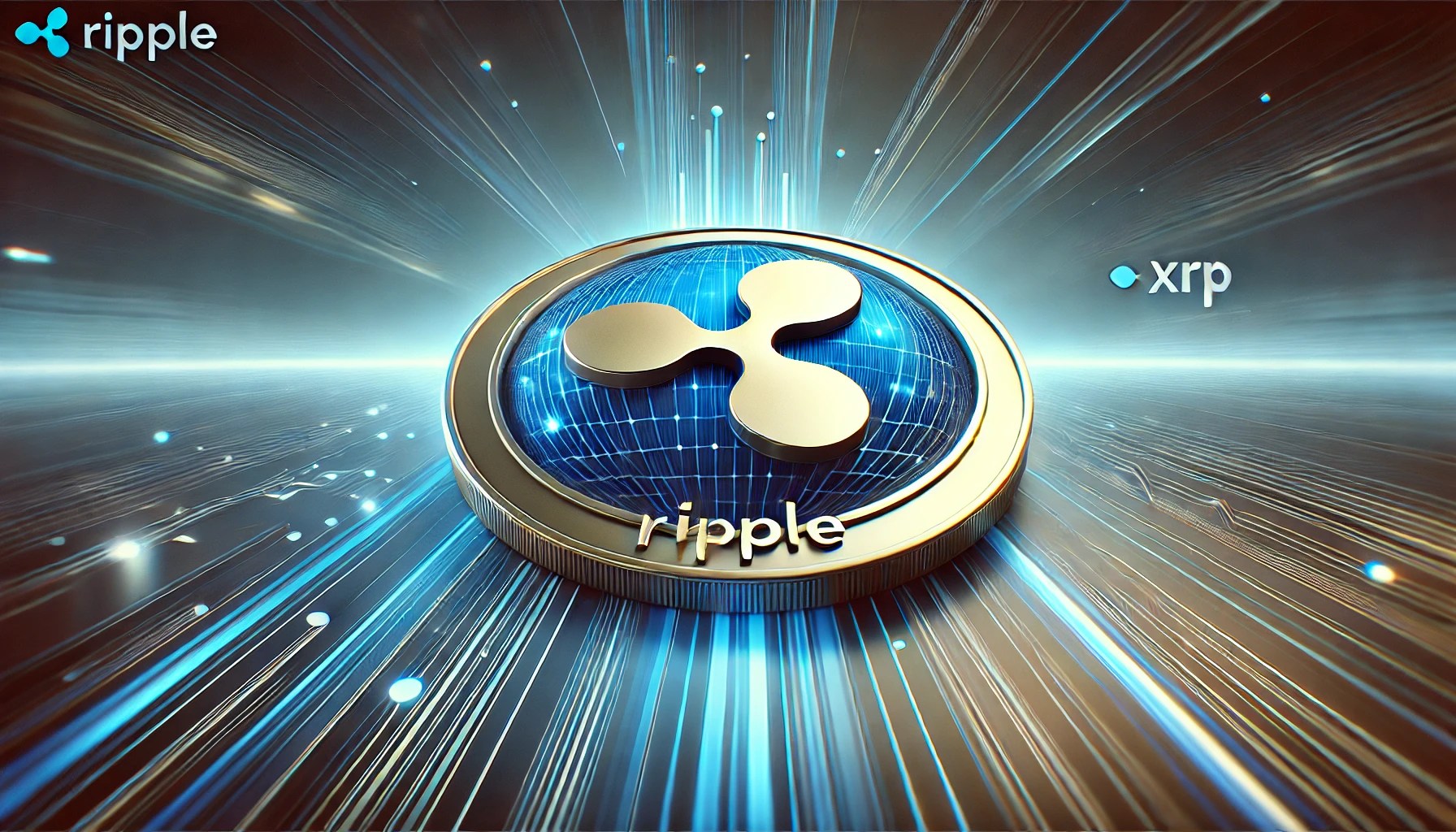
At this point, if you’ve been working in the financial services industry since January, you’ve likely heard of stablecoins, and you may have heard of tokenized deposits. What may still be unclear, however, are the differences and similarities between the two.
Blockchain-powered financial infrastructure is on the rise, and it’s important for banks, fintechs, and regulators to understand new developments in the space, what’s possible, and what’s next. Here’s a brief overview of where stablecoins and tokenized deposits intersect, where they are different, and where they may be most useful.
Stablecoins
Stablecoins are digital assets that are issued by private companies or protocols and pegged to fiat currency. Some of you may be familiar with are Circle’s USDC, Tether’s USDT, and PayPal’s PYUSD. It is important to note that stablecoins are backed one-to-one by off-balance-sheet returns, such as fiat cash or Treasuries. Unlike fiat held at a traditional financial institution, however, they are not FDIC-insured.
Tokenized deposits
In contrast, tokenized deposits are bank-issued digital representations of fiat deposits, recorded on a blockchain. The deposits sit on the bank’s balance sheet, are fully integrated into the bank’s infrastructure, and are minted and backed by regulated banks.
Differences
There are key differences between stablecoins and tokenized deposits. First, let’s look at the issuer. While not always the case, most stablecoins are issued by private, non-bank companies. There are a few exceptions, however, as in the case of JPMorgan’s JPM Coin. Even though some banks have issued permissioned, institutional stablecoins, they are usually used internally for payment settlement, not open to the public, and are not tradable on public blockchains.
The backing structure of stablecoins and tokenized deposits is also different. For example, stablecoins are not held on the bank’s balance sheet and represent a one-to-one reserve of fiat currency. In contrast, tokenized deposits are held on a bank’s balance sheet. This is useful when a firm wants to maintain liquidity to support lending and credit creation, and ensure that customer funds are protected in a regulated financial institution.
Speaking of regulation, FDIC insurance is a key differentiator between stablecoins and tokenized deposits. Stablecoins currently operate in a developing regulatory environment and, importantly, they do not offer deposit insurance such as FDIC. Tokenized deposits, on the other hand, are both insured by the FDIC and regulated.
Another key differentiating factor between the two blockchain-based payment tools is that they have opposite effects on liquidity. Stablecoins remove liquidity. That’s because when consumers exchange their fiat currency in exchange for stablecoins, their fiat currency leaves their wallet and sits in reserves, generally in the form of safe, passive assets like US Treasuries or custodial accounts. This reduces the money multiplier effect and may even weaken bank balance sheets over time. In contrast, tokenized deposits stay on the bank’s balance sheet, making the funds usable for lending, investing, and general liquidity management.
Use cases also differ between stablecoins and tokenized deposits. While stablecoins are best known for their use in cross-border payments, programmable payments, and in DeFi. Tokenized deposits are useful for domestic real-time payments, B2B payments, and treasury automation.
Similarities
But though they differ in all of these aspects, there are also a handful of similarities between stablecoins and tokenized deposits. First, both are programmable, blockchain-based representations of fiat currency. However, it is important to distinguish that, while stablecoins are backed by dollars (fiat currency), tokenized deposits are actual, digital representations of dollars.
Next, both can be used to enable payments and reduce settlement times. Because they take place on the blockchain, transactions in both stablecoins and tokenized deposits can take place in near-real-time. This eliminates the delays associated with traditional clearing and settlement systems, which can take up to three business days. Whether it’s a purchase, B2B payment, or interbank transfer, blockchain-based transactions allow for faster value exchange.
Additionally, both can be used in smart contracts, programmable payments, and embedded finance applications. And while tokenized deposits aren’t commonly used in the DeFi economy at the moment, that may change once regulated or institutional DeFi networks become more common.
Finally, stablecoins and tokenized deposits alike are useful for modernizing payment rails. Already in their infancy, both are acting as gateways to more advanced financial infrastructure. By enabling real-time, programmable payments on blockchain networks, they help move the financial system away from slow, batch-based legacy systems like ACH or SWIFT.
The future of both
Looking ahead, it is possible that stablecoins and tokenized deposits will coexist, as they both serve different niches. No matter which structure reigns supreme, however, we will certainly see traditional financial institutions and private DeFi companies increase their focus on interoperability and shared infrastructure. As regulatory clarity is enhanced on both sides and new pitfalls are discovered, the industry will likely converge on a hybrid model that blends the safety of traditional finance with the speed, transparency, and programmability of decentralized infrastructure.
Views: 33







